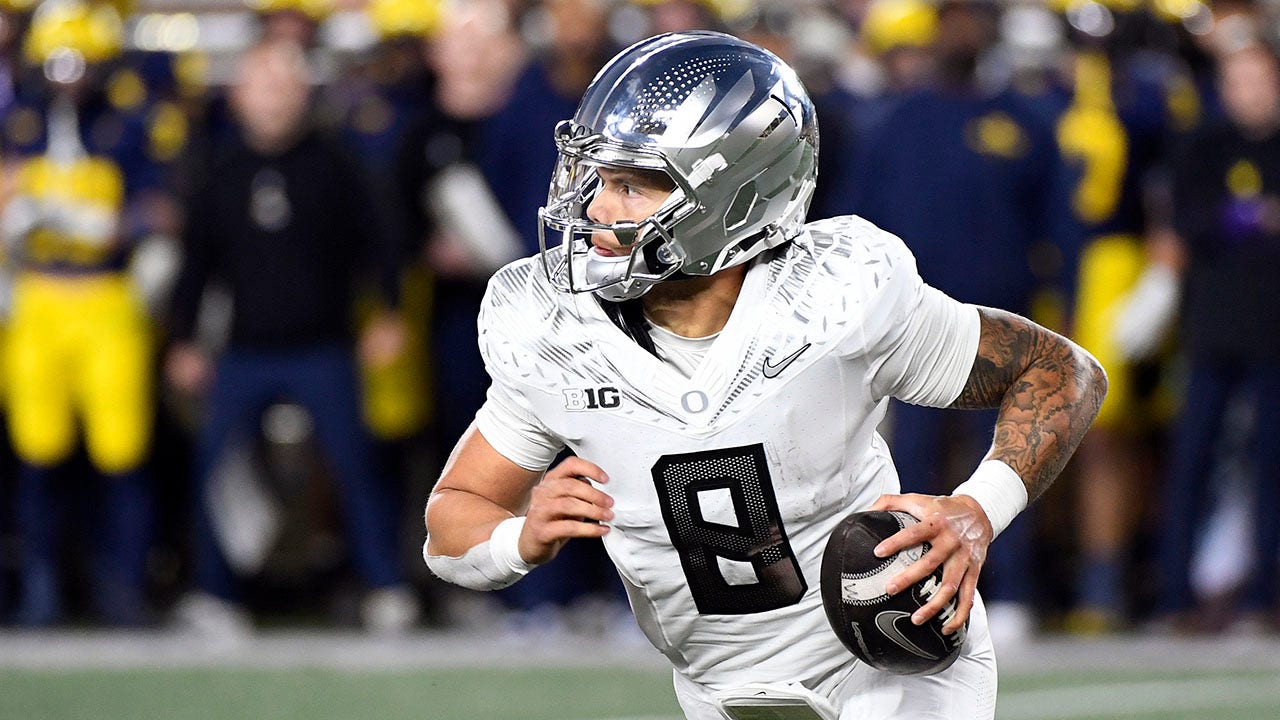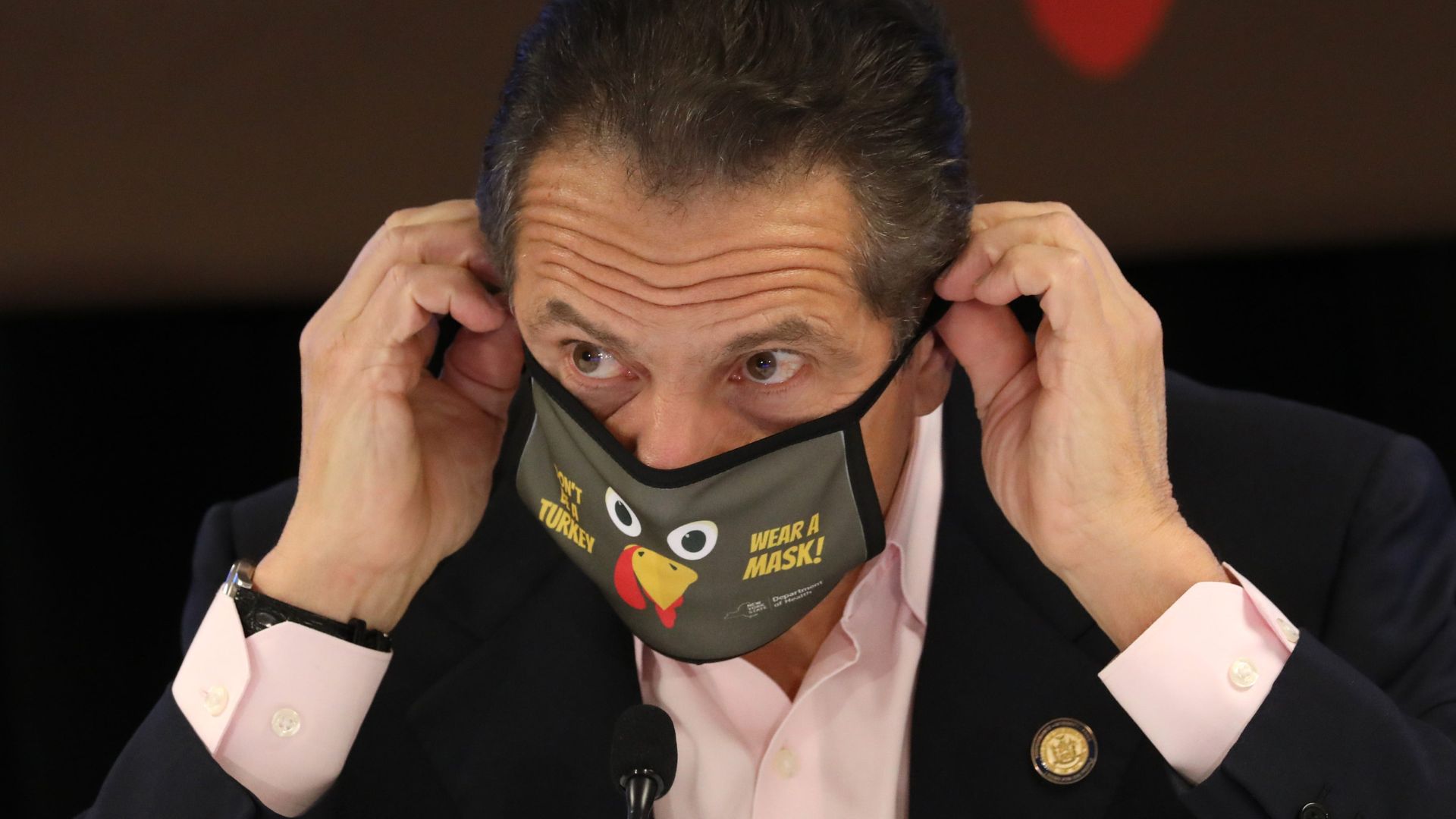Like many in the influential yet shrinking elite media bubble, the Atlantic is in a panic over misinformation. In an October 10 article titled “I’m Running Out of Ways to Explain How Bad This Is,” Charlie Warzel laments how Americans no longer automatically follow the directives of the establishment or rely on the media-academia-expert complex to think for them. Warzel frames the issue differently, describing it as “nothing less than a cultural assault on any person or institution that operates in reality.”
“It is difficult to capture the nihilism of the current moment,” he writes. “The pandemic saw Americans, distrustful of authority, trying to discredit effective vaccines, spreading conspiracy theories, and attacking public-health officials.”
The media’s lies and disinformation began well before 2020 and continue today.
Warzel contends that things only worsened from there. He describes “journalists, election workers, scientists, doctors, and first responders” as victims in a “war on truth” because they “must attend to and describe the world as it is,” which, in his view, makes them dangerous to people who resist “the agonizing constraints of reality” or who have financial and political interests in perpetuating misinformation.
Warzel, of course, is not alone. Recently, many have sounded the alarm against the so-called plague of misinformation allegedly affecting society today. Among these voices, the most authoritative have come from a who’s who of Democratic Party leaders.
Hillary Clinton: “I think it’s important to indict the Russians just as Mueller indicted a lot of Russians who were engaged in direct election interference and boosting Trump back in 2016. But I also think there are Americans who are engaged in this kind of propaganda and whether they should be civilly, or even in some cases, criminally charged, is something that would be a better deterrence.”
Tim Walz: “There’s no guarantee to free speech on misinformation or hate speech, and especially around our democracy.”
John Kerry: “If people only go to one source, and the source they go to is sick, and, you know, has an agenda, and they’re putting out disinformation, our First Amendment stands as a major block to be able to just, you know, hammer it out of existence. So what we need is to win the ground, win the right to govern, by hopefully winning enough votes that you’re free to be able to implement change.”
Alexandria Ocasio-Cortez: “We’re going to have to figure out how we rein in our media environment so you can’t just spew disinformation and misinformation.”
And, of course, Kamala Harris: Social media companies “are directly speaking to millions and millions of people without any level of oversight or regulation, and it has to stop.”
Nowhere in Warzel’s article, or in any of these bold pronouncements and threats against dissenting voices, is there the slightest acknowledgment of a simple, undeniable truth: We stopped trusting them because they lost our trust. Science, once a self-correcting pursuit of truth, has become Dr. Fauci’s “the Science” with a capital S — a dogma similar to the one that the church used to stifle Galileo.
Much of the media, formerly our bulwark against state tyranny, now operates as the Democratic Party’s ministry of propaganda. When Donald Trump burst onto the political scene in 2015 and went on to secure the GOP’s nomination a year later, the media decided objectivity was no longer necessary. Instead, their new mission became crusading against Trump at every opportunity. Our loss of trust in these former arbiters of truth was a natural result.
Rather than acknowledging this erosion of trust, these politicking journalists, along with academics and political allies in their bubble, labeled any resistance to their often-false narratives as “misinformation.” Researcher David Rozado has documented a sharp rise in mentions of “misinformation” and “disinformation” in the media and academia, starting in 2016 — the year of Trump’s election.
Seriously, not literally
Warzel and others with a similar viewpoint might argue that the media began addressing misinformation in 2016 because Trump himself started spreading it, thereby inspiring a wave of conspiracies and outlandish claims from his supporters. There is some truth in this. Trump undoubtedly pushed the boundaries of acceptable political discourse and often lacked substantial proof for his claims.
While politicians have always bent the truth, Trump — a salesman from the high-stakes world of real estate rather than a lawyer like most national politicians — didn’t shy away from exaggeration. His go-to phrases — “the best ever,” “the worst ever,” “like no one’s ever seen before” — were part of his rhetorical style of inflation and hyperbole.
I would argue that most people, regardless of education, recognize Trump’s claims for what they are. Trump talks like that braggadocious, big-talking uncle we all know — not like a slippery politician skilled at lying through subtle phrasing and misleading statistics. People understand not to take Trump literally. In fact, unlike most politicians, Trump’s supporters know exactly what he stands for.
Ironically, despite claims from the left that Trump is a shameless liar, many people support him precisely because he speaks openly and directly about things other politicians might only hint at. That transparency, though often crude, appeals to his base. I would agree, however, that Trump has likely lowered the level of our political discourse more than anyone in recent memory. But crudity is not the same as deception. If anything, it’s the opposite of deception.
In any discussion of lies and misinformation in politics, the “Big Lie” attributed to Trump — widespread election fraud in 2020 — looms large. But an undeniable fact remains: The media’s lies and disinformation began well before 2020 and continue today. These distortions cover a wide range of topics and often involve coordination among news outlets, scientists, academics, and others.
Warzel’s alleged defenders of truth against misinformation have committed numerous notable infractions against reality.
Expert alarmism
For years, the media, relying on handpicked “experts,” has bombarded us with alarmist rhetoric about the imminent danger of manmade climate change. They promote a phony 97% consensus among climate scientists while censoring evidence-based alternative views, despite data from the Intergovernmental Panel on Climate Change that doesn’t fully support such alarmism.
We were falsely told that President Trump colluded with Russia to steal the 2016 election from Hillary Clinton. This baseless accusation led to years of costly investigations that hamstrung his administration, while the New York Times and the Washington Post received Pulitzer Prizes for their extensive reporting on these unsubstantiated claims.
During the 2020 Black Lives Matter riots, which brought American cities to their knees with widespread arson, vandalism, looting, and destruction of small businesses, we were told these events were “mostly peaceful protests.” This disinformation campaign, along with the promotion of critical race theory and anti-law enforcement ideologies, led to lenient or nonexistent prosecutions for those involved. Meanwhile, the media labeled the events of January 6, 2021 — which resulted in far less loss of life and property damage — as an “armed insurrection” and an attempted “coup.”
The media omitted key facts about January 6, including that Trump, the alleged instigator, had warned top advisers days before that many protesters would be coming to the Capitol and requested the National Guard be prepared. They ignored and defied his request. Consequently, those involved in the Capitol breach were prosecuted to the fullest extent of the law and given disproportionately harsh sentences for what, in many cases, amounted to minor infractions, often limited to acts of trespassing.
On the eve of the 2020 election, the media — including Twitter and Facebook — suppressed the New York Post’s explosive story about Hunter Biden’s laptop, labeling it “Russian disinformation.” This suppression likely influenced the election outcome in Biden’s favor. Only later, when it no longer mattered, did the media reveal that the laptop and the story were real. Anyone who dismisses Trump’s claims of 2020 election interference must first contend with this major flaw in the media’s “Big Lie” narrative.
Accounting for COVID
The COVID-19 era exposed how the media colluded with the government to spread fear, propaganda, and disinformation while silencing evidence-based alternative views. Continued censorship on these issues — including the absurd censorship and deplatforming of respected scientists like Dr. Robert Malone, a pioneer of mRNA technology used in COVID vaccines — limits full and frank discussion.
The handling of the lab-leak theory of COVID’s origin provides a glaring example. Initially dismissed as a “conspiracy theory,” the lab-leak hypothesis now holds wide acceptance, yet the media originally pushed a flawed natural-origin narrative. Acknowledging a lab origin would have implicated Dr. Anthony Fauci, who approved gain-of-function research tied to the virus’ creation.
To discredit the lab-leak theory, scientists coordinated with Fauci and NIH Director Francis Collins to publish an influential paper in Nature, arguing for a natural origin. Yet, their contemporaneous communications reveal they did not believe the narrative they promoted. The media amplified this false narrative, labeling dissenters as conspiracy theorists whose claims had been thoroughly “debunked.”
War, dementia, and ‘cheapfakes’
The media uncritically promoted the Biden administration’s false narrative that the Russia-Ukraine war was an “unprovoked” attack by Moscow. While Putin bears responsibility, evidence strongly suggests that the attack was substantially provoked by neoconservatives within the Biden administration. These actions built upon the Obama administration’s support for the 2014 overthrow of Ukraine’s government in favor of a more anti-Russian regime.
Biden administration officials continued to draw Ukraine foolishly closer to NATO, despite knowing that establishing an enemy alliance on Russia’s border was a red line for Putin — just as it would have been for the United States had Canada joined the former Soviet Union’s Warsaw Pact or placed nuclear missiles in Cuba.
The media also colluded with the Biden administration and others close to Joe Biden to hide his cognitive decline and ongoing descent into dementia. They attempted to gaslight the public, dismissing videos of Biden’s apparent incapacity — including moments like talking to a dead politician — as “cheapfakes.” When the June presidential debate made Biden’s condition undeniable, the media feigned shock.
After Biden was ultimately compelled to drop out of the race by former House Speaker Nancy Pelosi (D-Calif.) and wealthy donors, the media continued their false narrative. They portrayed his withdrawal not as an action forced on him by party elites despite his objections but as a courageous decision he made to protect democracy against Donald Trump.
Covering for Kamala
Once Democratic Party bosses appointed Kamala Harris to replace Biden, the media launched an unprecedented, coordinated effort to portray her as something she clearly was not: capable, intelligent, informed, inspiring, visionary, eloquent, articulate, honest, principled, and free of responsibility for the Biden administration’s mismanagement of the economy and immigration.
This full-scale media campaign included giving Harris and her running mate a month-long pass on unscripted interviews and press conferences. When they finally faced the media, reporters served up softball questions, allowing them to evade or respond with vapid pabulum or evasive nonanswers without follow-ups.
The presidential and vice-presidential debates further underscored this bias, with moderators framing topics to favor the Democratic ticket and engaging in misleading “fact-checks” exclusively for the Republican candidates. During the vice presidential debate, moderators even conducted fact-checks, despite rules prohibiting them.
The October “60 Minutes” interview with Kamala Harris stood out as a particularly egregious example. Unlike the unaltered footage of Biden’s apparent cognitive struggles, CBS edited out Harris’ incoherent rambling in response to a question about Israel. They skipped directly to a slightly more coherent part of her answer, creating a genuine “cheapfake.” While the Biden clips aimed to reveal his cognitive deficits that his administration and the media sought to hide, the shameful editing stunt at “60 Minutes” blatantly tried to conceal Harris’ cognitive deficits from the public.
Who are you gonna believe?
In the face of this longstanding barrage of lies, propaganda, and disinformation, only two types of people would retain complete trust in the powers-that-be: 1) those deeply embedded in the Democratic Party-aligned information bubble, lacking the motivation, common sense, or drive to seek alternative perspectives; and 2) complete morons.
Most of us, thankfully, fit into neither of those categories — nor the massive overlapping area where the two converge. As a result, we no longer take anything from the media and their allies at face value. This widespread disillusionment, however, has led many to a point where it’s difficult to discern truth from misinformation, struggling to balance healthy skepticism with slipping into loony conspiracy land. Social media further amplifies this predicament, acting as both an escape from the distortions of the mainstream narrative and a potential detour from reality itself.
And yes, it’s a problem. But before the media priests blame us for opting out of their funhouse hall of mirrors, I have a suggestion for them: Take a long, hard look in one of those mirrors, recognize your own complicity, and … well … stop lying to us!
Read the full article here





![ICE Detains Columbia Pro-Hamas Protester Over Threats Toward Jewish Students [WATCH] ICE Detains Columbia Pro-Hamas Protester Over Threats Toward Jewish Students [WATCH]](https://www.rvmnews.com/wp-content/uploads/2025/04/2025.04.04-11.56-rvmnews-67efc909b524a.jpg)




